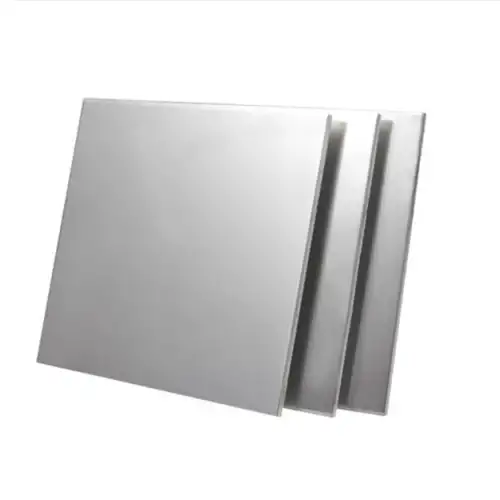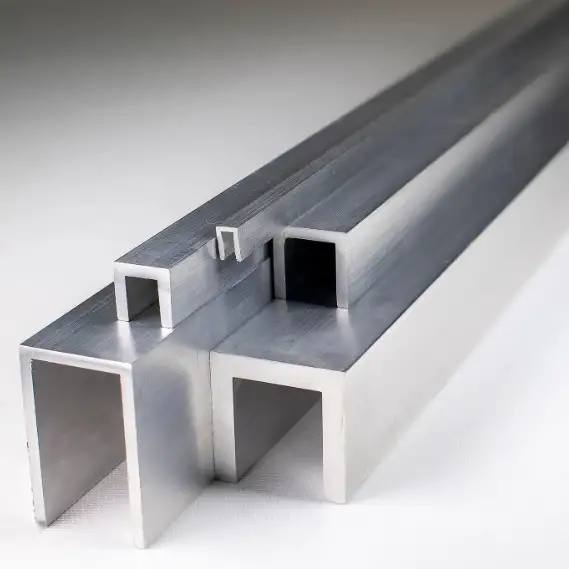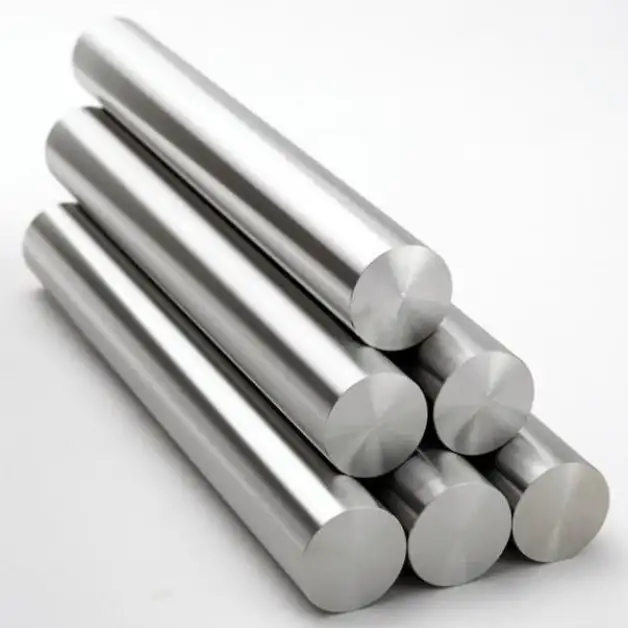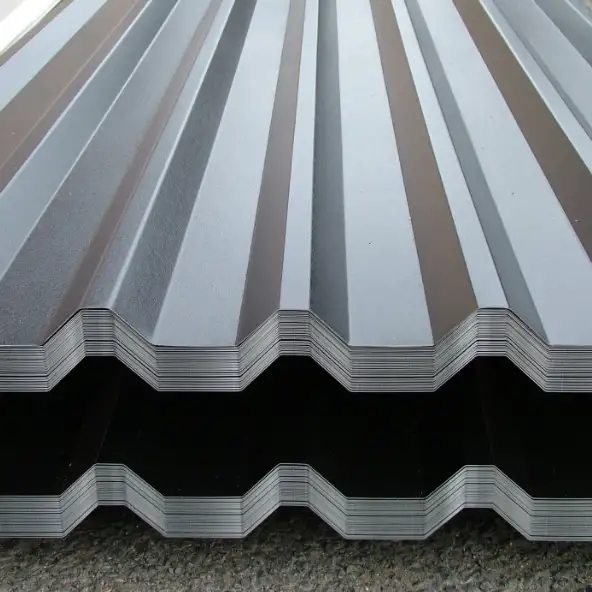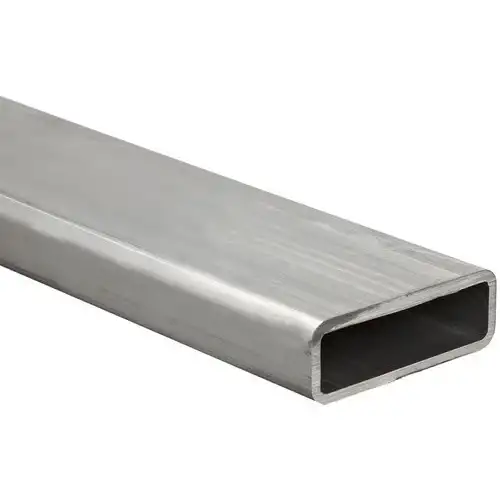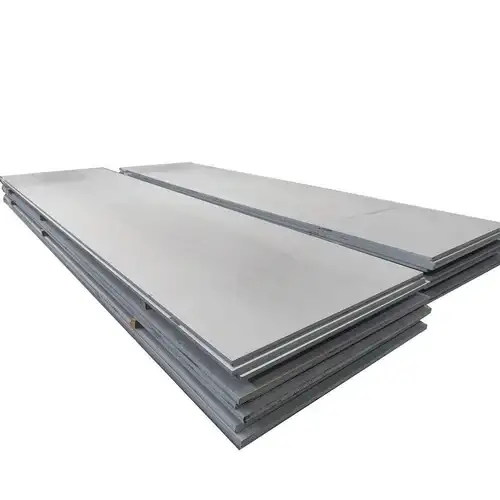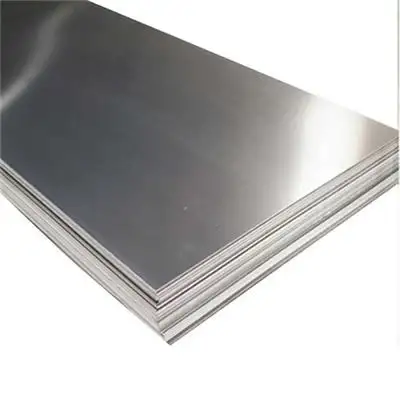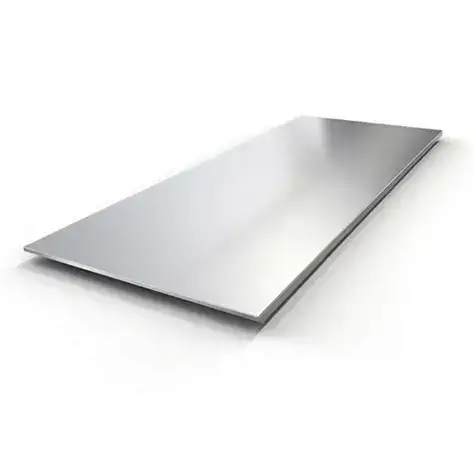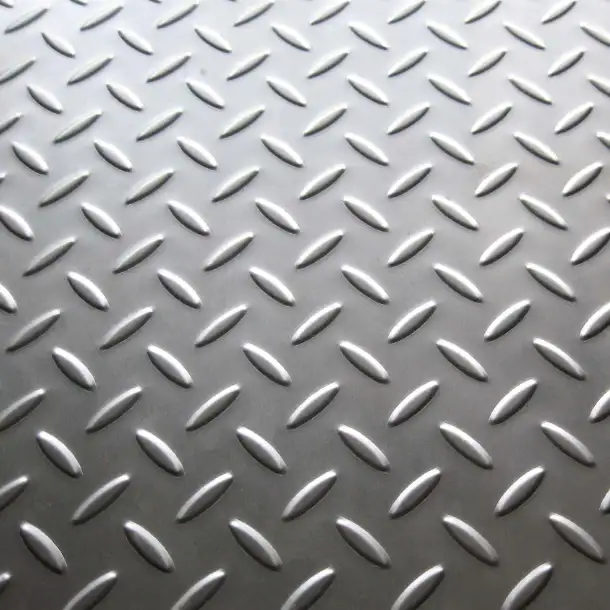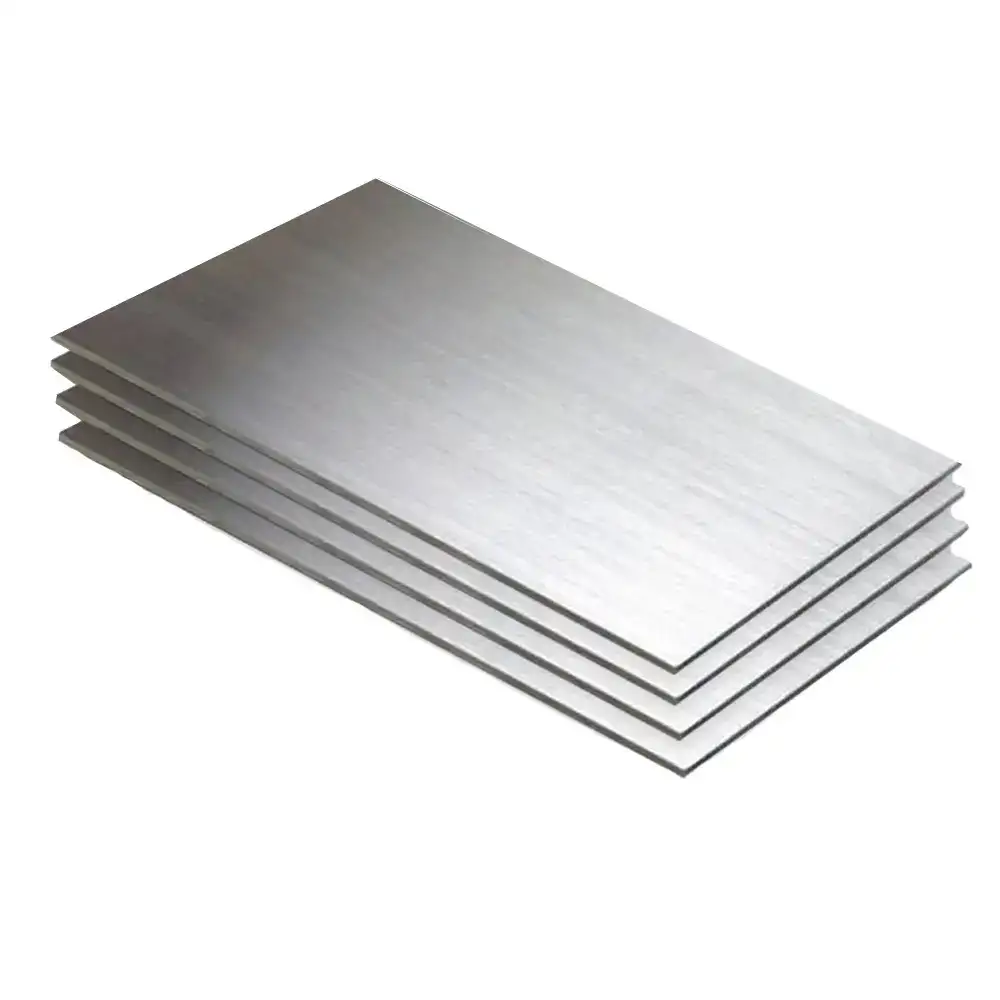
CATEGORIES
FEATURED PRODUCTS
409 Stainless Steel Plate
We offer this product and related grades with 100% factory direct pricing and free quotes available within 24 hours.
APPLICATION SCENARIOS

OUR ADVANTAGE

Certificate of Honor

PARTNER

Our Factory

409 stainless steel is a ferritic stainless steel alloy with 10.5% to 11.75% chromium as its key component. This steel grade offers exceptional resistance to high-temperature oxidation and corrosion, making it a popular material for automotive exhaust systems, heat exchangers, and other applications where exposure to corrosive or high-temperature environments is a concern.
While not as corrosion-resistant as austenitic grades like 304 or 316 stainless steel, 409 stainless steel provides a more cost-effective alternative for applications where the enhanced corrosion resistance of other alloys is not essential. Additionally, it offers a combination of strength and durability that is required in many industries.
1. Chemical Composition of 409 Stainless Steel Plate
The chemical composition of 409 stainless steel is primarily characterized by:
-
Chromium (Cr): 10.5-11.75% – Provides corrosion resistance and enhances the steel’s high-temperature oxidation resistance.
-
Carbon (C): 0.08% max – Contributes to hardness and strength.
-
Manganese (Mn): 1.00% max – Helps improve strength and toughness.
-
Silicon (Si): 1.00% max – Improves oxidation resistance.
-
Phosphorus (P): 0.04% max – Reduces corrosion resistance.
-
Sulfur (S): 0.03% max – Affects machinability.
This composition gives 409 stainless steel its strength and resistance to corrosion, making it an ideal material for specific applications.
2. Key Properties of 409 Stainless Steel Plate
409 stainless steel plates are known for several key properties, which include:
-
Corrosion Resistance: While 409 stainless steel is not as resistant to corrosion as other grades such as 304, it still performs well in environments with low to moderate corrosion, particularly in automotive exhausts.
-
Heat Resistance: 409 stainless steel can withstand high temperatures, up to 800°F (427°C), making it suitable for exhaust systems and other high-temperature applications.
-
Formability: As a ferritic steel, 409 is more easily formed than other stainless steel grades, such as austenitic stainless steels.
-
Strength: It offers good tensile strength and is well-suited to applications requiring moderate strength.
-
Cost-Effectiveness: 409 is less expensive than many other stainless steel grades, providing a cost-effective solution for applications where extreme corrosion resistance is not necessary.
3. 409 Stainless Steel Plate Applications
Due to its unique properties, 409 stainless steel is used in a variety of applications, including:
-
Automotive Exhaust Systems: 409 stainless steel is most commonly used in automotive exhaust systems due to its resistance to heat and oxidation.
-
Heat Exchangers: The alloy is used in heat exchangers that are exposed to high temperatures and corrosive environments.
-
Furnace Parts: It is used for parts in furnaces where the steel is subjected to high heat but is not in direct contact with very corrosive chemicals.
-
Cooking Equipment: Some kitchen equipment and ovens use 409 stainless steel due to its excellent resistance to heat.
Table: Comparison of 409 Stainless Steel Plate with Other Stainless Steel Grades
| Property | 409 Stainless Steel | 304 Stainless Steel | 316 Stainless Steel | 430 Stainless Steel |
|---|---|---|---|---|
| Corrosion Resistance | Moderate | Excellent | Excellent | Moderate |
| Heat Resistance | 800°F (427°C) | 870°F (465°C) | 870°F (465°C) | 1500°F (815°C) |
| Strength | Moderate | High | High | Low |
| Weldability | Good | Excellent | Excellent | Fair |
| Applications | Automotive exhausts | Food processing | Marine, chemical | Household items |
4. Price Comparison: 409 Stainless Steel Plates in China, USA, and India
The price of 409 stainless steel plates varies by region, driven by factors like local demand, raw material costs, labor, and tariffs. A brief overview of pricing across different regions is as follows:
-
China: Due to its large-scale production capabilities and competitive labor costs, China offers 409 stainless steel plates at a more affordable price range, typically from $1.80 to $2.80 per kg.
-
USA: In the United States, the cost is generally higher, ranging from $3.00 to $5.50 per kg. This price includes the cost of local labor and compliance with stricter environmental standards.
-
India: India offers competitive pricing, typically in the range of $2.50 to $4.00 per kg, benefiting from low labor costs and an expanding steel production industry.
Table: Price Comparison of 409 Stainless Steel Plates
| Region | Price Range (per kg) |
|---|---|
| China | $1.80 – $2.80 |
| USA | $3.00 – $5.50 |
| India | $2.50 – $4.00 |
Factors Influencing Prices
The prices of 409 stainless steel plates are influenced by several factors:
-
Raw Material Costs: The price of chromium and other alloys significantly impacts the cost of production.
-
Manufacturing and Labor Costs: Local labor and energy costs can influence the price, especially in countries like the USA and India.
-
Shipping and Import Tariffs: Transportation costs and import duties can add to the final price for buyers in different regions.
-
Supply and Demand: Fluctuations in the global steel market and regional demand can drive prices up or down.
5. Procurement Considerations for 409 Stainless Steel Plates
When purchasing 409 stainless steel plates, it is important to keep the following factors in mind:
-
Supplier Reliability: Choose a reputable supplier such as Luokaiwei, known for providing high-quality stainless steel products with efficient logistics and competitive pricing.
-
Material Specifications: Ensure the material meets the required ASTM or equivalent standards for your application.
-
Quantity and Lead Time: Consider ordering in larger quantities to benefit from lower pricing, and ensure that the lead time meets project deadlines.
-
Quality Control and Certifications: Ensure that the supplier offers certifications for the material’s quality, such as ISO 9001 or CE certifications.
-
Price Trends: Monitor the global price trends for stainless steel to better understand how market fluctuations might affect pricing.
6. Case Study: Automotive Exhaust System Manufacturer
An automotive manufacturer based in the USA faced challenges in sourcing materials for its exhaust systems. The manufacturer needed a cost-effective material that could withstand high temperatures but did not require the advanced corrosion resistance of higher-end stainless steel grades. By switching to 409 stainless steel, the company reduced material costs by 25%, and the exhaust components demonstrated excellent performance in harsh operating conditions. This move ultimately saved the company a significant amount of money while maintaining the required product performance.
7. Frequently Asked Questions (FAQ)
-
What makes 409 stainless steel different from other grades like 304 and 316?
409 stainless steel is a more affordable, heat-resistant alloy primarily used in automotive exhaust systems. While it offers moderate corrosion resistance, it is less expensive than 304 and 316, which are more resistant to corrosion. -
Can 409 stainless steel be welded?
Yes, 409 stainless steel is highly weldable and often used in welded applications like exhaust systems. However, preheating and post-weld heat treatment may be required for certain applications. -
Is 409 stainless steel magnetic?
Yes, 409 stainless steel is magnetic, as it is a ferritic stainless steel. -
What industries use 409 stainless steel?
409 stainless steel is commonly used in the automotive, aerospace, and heat exchanger industries due to its heat resistance and cost-effectiveness. -
How should I store 409 stainless steel plates to prevent corrosion?
Store 409 stainless steel plates in a dry, well-ventilated environment to avoid exposure to moisture, which can cause surface corrosion.







